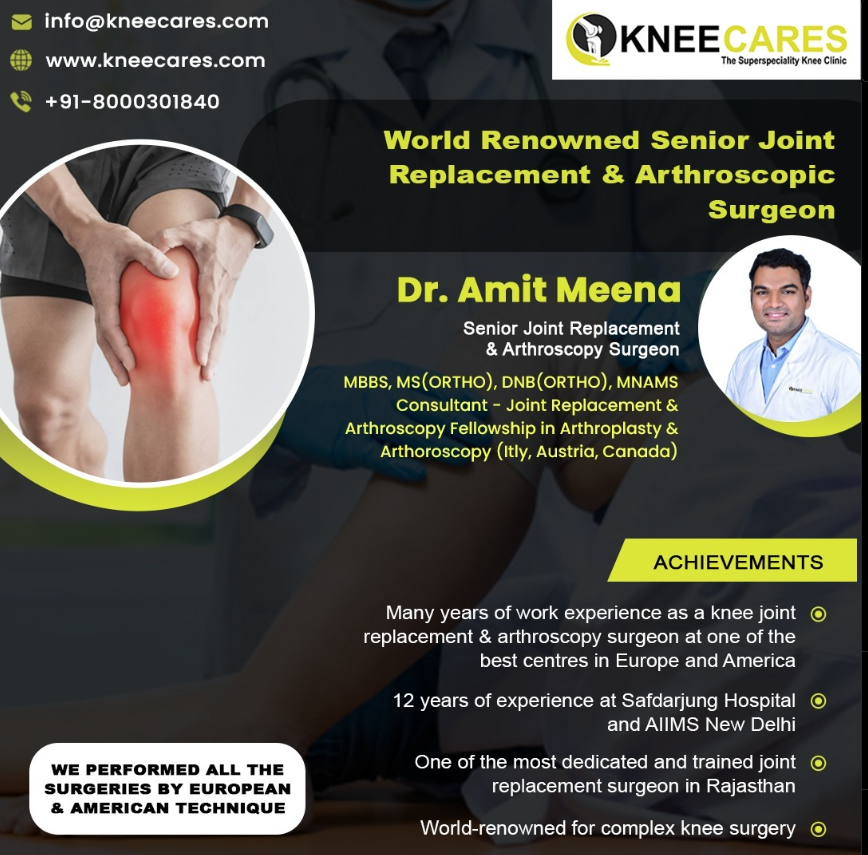Introduction
As medical technology continues to advance, so do surgical techniques. Knee replacement surgery, also known as knee arthroplasty, has become a common orthopedic procedure for individuals suffering from chronic knee pain or severe knee injuries. Over the years, advancements in surgical techniques have greatly improved the outcomes and recovery process of knee replacement surgery. In this comprehensive guide, we will explore the advanced techniques used in knee replacement surgery that have revolutionized the field.
Anatomy of the Knee
Before delving into advanced techniques, it is important to understand the anatomy of the knee. The knee is a complex joint comprising the femur (thigh bone), tibia (shin bone), and patella (kneecap). Articular cartilage, menisci, ligaments, and tendons play vital roles in ensuring smooth knee function. Understanding the intricate structure of the knee is crucial for successful knee replacement surgery.
Traditional Knee Replacement Surgery
Prior to discussing advanced techniques, it is essential to have a basic understanding of traditional knee replacement surgery. Traditional knee replacement involves the removal of damaged surfaces of the knee joint and replacing them with prosthetic components made of metal and plastic. While this procedure has been the gold standard for many years, advanced techniques have emerged to address specific challenges and improve patient outcomes.
Patient-Specific Implants
One of the significant advancements in knee replacement surgery is the use of patient-specific implants. Unlike traditional implants, which come in standard sizes, patient-specific implants are custom-made to match the patient’s unique anatomy. Utilizing pre-operative imaging techniques such as magnetic resonance imaging (MRI) or computed tomography (CT) scans, surgeons can create a virtual 3D model of the patient’s knee. This model serves as a guide for designing and manufacturing implants that precisely fit the patient’s anatomy, resulting in improved alignment and joint stability.
Minimally Invasive Approaches
Minimally invasive approaches have revolutionized knee replacement surgery by reducing surgical trauma, minimizing post-operative pain, and accelerating recovery. Rather than making a long incision, minimally invasive techniques involve smaller incisions and specialized instruments to access the knee joint. This approach leads to less soft tissue damage, faster healing, and reduced scarring. Additionally, minimally invasive techniques often result in shorter hospital stays and quicker return to daily activities for patients.
Rapid Recovery Protocols
Rapid recovery protocols, also known as enhanced recovery after surgery (ERAS) protocols, aim to optimize the patient’s entire surgical journey from pre-operative preparation to post-operative care. These protocols involve a multidisciplinary approach, including pre-operative education, pain management strategies, physical therapy, and early mobilization. By addressing various aspects of the patient’s well-being, rapid recovery protocols have significantly reduced hospitalization duration and facilitated quicker rehabilitation after knee replacement surgery.
Robotic-Assisted Knee Replacement
Robotic-assisted knee replacement surgery has emerged as a cutting-edge technique that offers several advantages over traditional approaches. Using a robotic surgical system, surgeons can create a detailed pre-operative plan and execute it with higher precision. The robotic system provides real-time feedback, enabling surgeons to make accurate adjustments during the procedure. This level of precision enhances implant positioning and alignment, leading to improved function and longevity of the prosthesis. Robotic-assisted knee replacement surgery is particularly beneficial for complex cases or patients with deformities.
Biologic Treatments
Biologic treatments in knee replacement surgery involve the use of biological substances to enhance tissue healing and promote a more natural recovery process. Platelet-rich plasma (PRP) and stem cell therapies are two examples of biologic treatments used in knee replacement surgery. PRP contains high concentrations of growth factors that stimulate tissue regeneration, whereas stem cells have the potential to differentiate into various cell types to repair damaged tissues. These biologic treatments hold promising potential for optimizing healing and improving long-term outcomes in knee replacement surgery.
Conclusion
Advanced techniques in knee replacement surgery have transformed the field, allowing for better patient outcomes, faster recovery, and improved functional results. From patient-specific implants and minimally invasive approaches to robotic assistance and biologic treatments, these advancements continue to pave the way for a new era in orthopedic surgery. As technology progresses, it is crucial for orthopedic surgeons to stay updated with the latest techniques and evidence-based practices to provide the best possible care for individuals in need of knee replacement surgery.





Comments